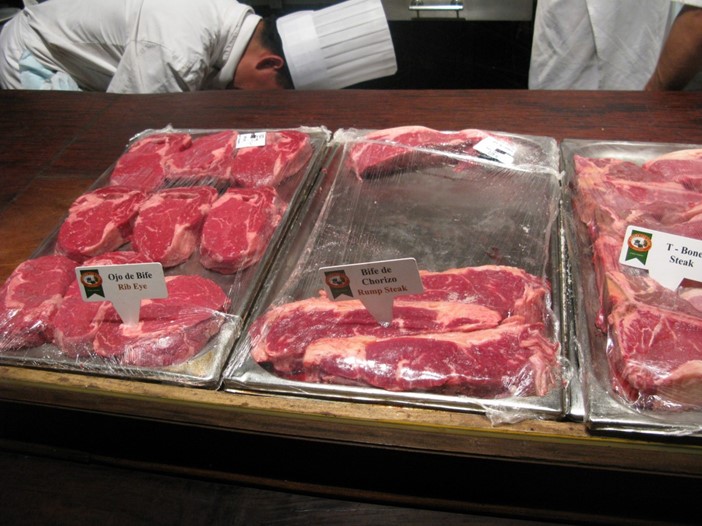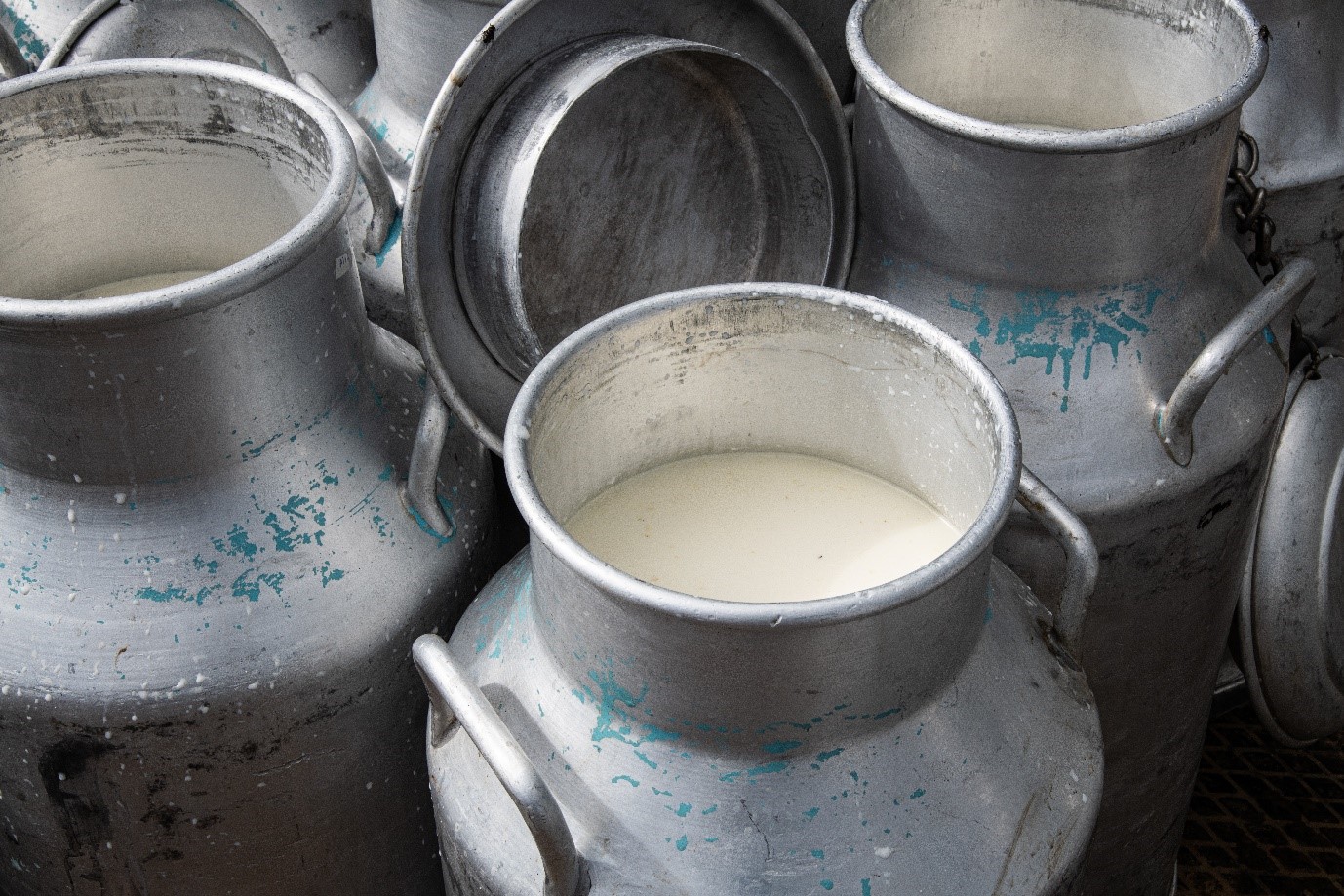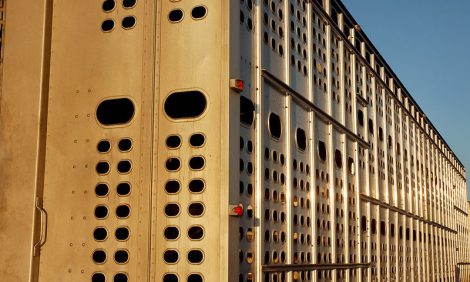



Weekly beef and dairy digest: USDA ups investment in farm sector
US beef export sales see solid increase
US beef net sales of 16,100 metric tonnes (MT) reported for 2021 were up 2% from the previous week and 9% from the prior four-week average. Increases primarily for Japan (5,500 MT, including decreases of 800 MT), South Korea (5,300 MT, including decreases 500 MT), China (2,800 MT, including decreases of 100 MT), Taiwan (1,100 MT, including decreases of 100 MT), and Mexico (700 MT), were offset by reductions for the Philippines (800 MT).
Net sales of 1,000 MT for 2022 were primarily for Guatemala (500 MT), Mexico (200 MT), and Japan (200 MT). Exports of 18,500 MT were up 2% from the previous week and 3% from the prior four-week average. The destinations were primarily to Japan (5,500 MT), South Korea (4,900 MT), China (3,500 MT), Taiwan (1,100 MT), and Mexico (1,000 MT).
Two French slaughterhouses to ship beef to China
China’s certification watchdog has given approval to two French slaughterhouses to export beef to the country.

In June, China lifted a two decades-long embargo on French beef and three weeks ago the two sides reached an agreement on hygiene and inspection requirements. While Chinese demand for pork and pork imports has recently waned, its demand for beef has been growing steadily.
USDA unveils investment package for animal disease prevention, food for schools
USDA is preparing $3 billion in investments that will support drought resilience and response, animal disease prevention, market disruption relief, and purchase of food for school nutrition programs. The support will be made available via the Commodity Credit Corporation (CCC). Specifically, funds will be used to provide:
$500 million to support drought recovery and encourage the adoption of water-smart management practices. From rising temperatures and heat waves, to early snow melt and low rainfall, record-breaking drought has affected producers across the country and has left ranchers with bare winter pastures and short on hay and pushed crop producers to adjust to running their operations with a fraction of the water usually available. This assistance will target these challenges and enable USDA’s Farm Production and Conservation agencies to deliver much needed relief and design drought resilience efforts responsive to the magnitude of this crisis.
Up to $500 million to prevent the spread of African swine fever (ASF) via robust expansion and coordination of monitoring, surveillance, prevention, quarantine, and eradication activities through USDA’s Animal and Plant Health Inspection Service. ASF outbreaks have proven devastating in other parts of the world due to lost production and trade. It is critical for all of us to work together to stop the spread of this disease.

$500 million to provide relief from agricultural market disruption, such as increased transportation challenges, availability and cost of certain materials, and other near-term obstacles related to the marketing and distribution of certain commodities, as part of Secretary Vilsack’s work as co-chair of the Biden-Harris Administration’s Supply Chain Disruptions Task Force.
Up to $1.5 billion to provide assistance to help schools respond to supply chain disruptions. Throughout the pandemic, school food professionals have met extraordinary challenges to ensure every child can get the food they need to learn, grow and thrive. But circumstances in local communities remain unpredictable, and supply chains for food and labor have been stressed and at times disrupted. These funds will support procurement of agricultural commodities and enable USDA’s Food and Nutrition Service (FNS) and Agricultural Marketing Service (AMS) to enhance the toolbox for school nutrition professionals working hard to make sure students have reliable access to healthy meals.
The announcement builds on the range of work that USDA has been doing to identify ongoing issues school districts face during this difficult time and provide the resources, tools and flexibility they need to serve students healthy and nutritious meals.
US dairy weekly retail report
The total number of conventional dairy advertisements is unchanged, but the total organic ad numbers increased by 51%. Conventional ice cream in 48–64-ounce containers maintained the top spot as the most advertised dairy item across the country. The national weighted average advertised price for ice cream in 48-64-ounce containers is $2.91, down 11 cents from the previous week.

Conventional cheese ad numbers increased 4%, while organic cheese ads increased 114%. The weighted average advertised price for conventional 8-ounce block cheese is $2.19, down 41 cents from last week, and the weighted average advertised price for conventional 8-ounce shred cheese is $2.33, down 30 cents from last week.
Conventional yogurt ad numbers increased by 14% and organic yogurt ads increased 53%. Conventional Greek yogurt in 4–6-ounce containers was the most advertised yogurt item, with a national weighted average price of $.94, down 4 cents from last week.
Conventional milk ads increased 45%, while organic milk ads increased 83%. The national weighted average advertised price for conventional milk gallons is $2.99, compared to $1.15 for conventional milk half gallons. The national weighted average advertised price for organic milk half gallons is $3.96, resulting in an organic price premium of $2.81. Organic half gallon milk is the most advertised organic item.
TheCattleSite News Desk
IMPORTANT NOTE: I am not a futures broker and do not manage any trading accounts other than my own personal account. It is my goal to point out to you potential trading opportunities. However, it is up to you to: (1) decide when and if you want to initiate any traders and (2) determine the size of any trades you may initiate. Any trades I discuss are hypothetical in nature.
Here is what the Commodity Futures Trading Commission (CFTC) has said about futures trading (and I agree 100%): 1. Trading commodity futures and options is not for everyone. IT IS A VOLATILE, COMPLEX AND RISKY BUSINESS. Before you invest any money in futures or options contracts, you should consider your financial experience, goals and financial resources, and know how much you can afford to lose above and beyond your initial payment to a broker. You should understand commodity futures and options contracts and your obligations in entering into those contracts. You should understand your exposure to risk and other aspects of trading by thoroughly reviewing the risk disclosure documents your broker is required to give you.



